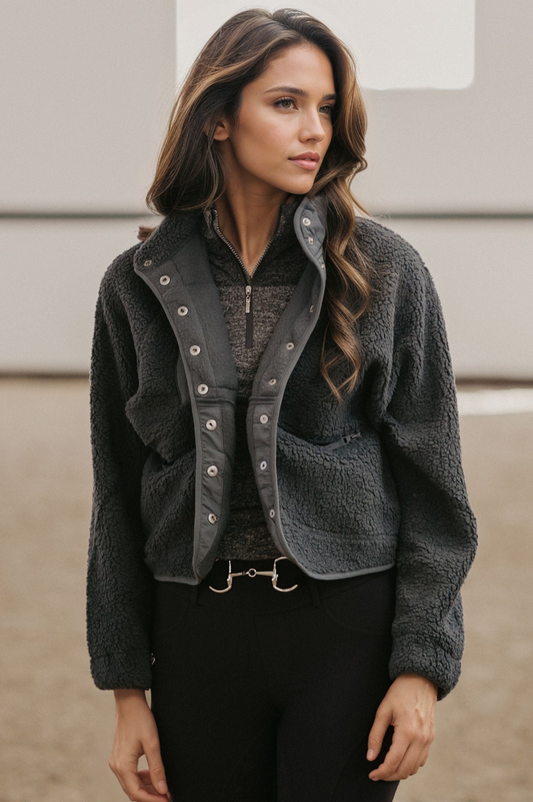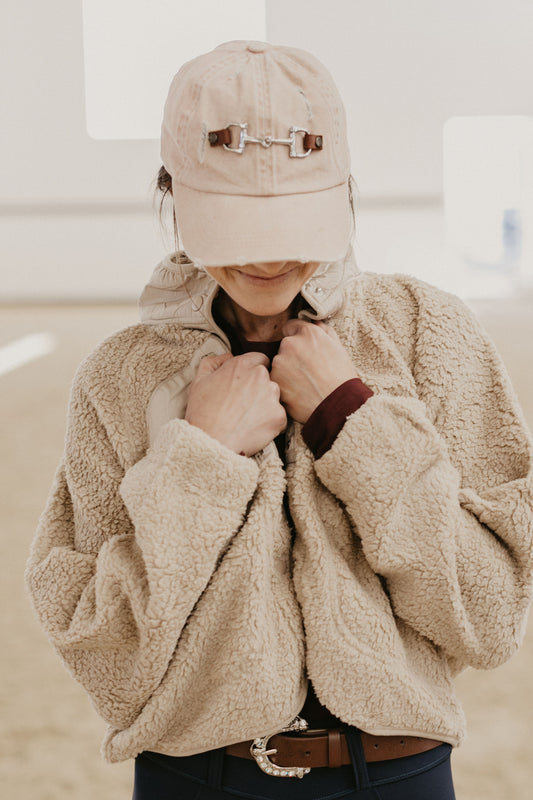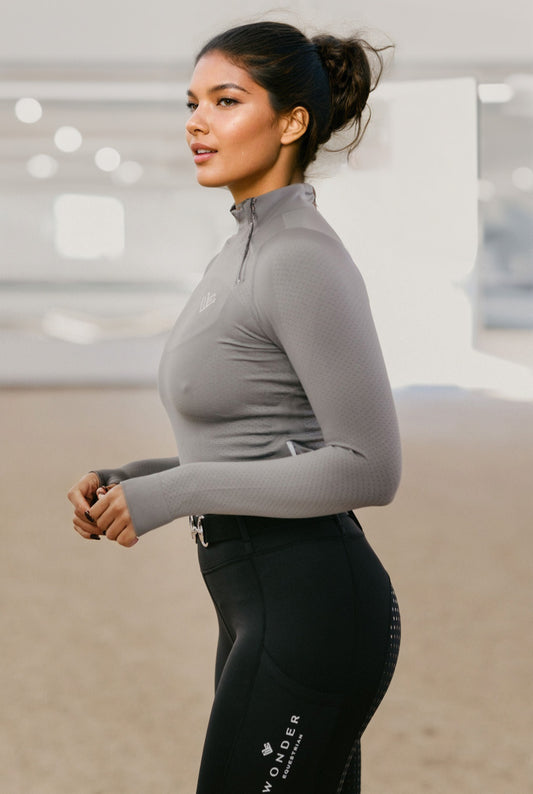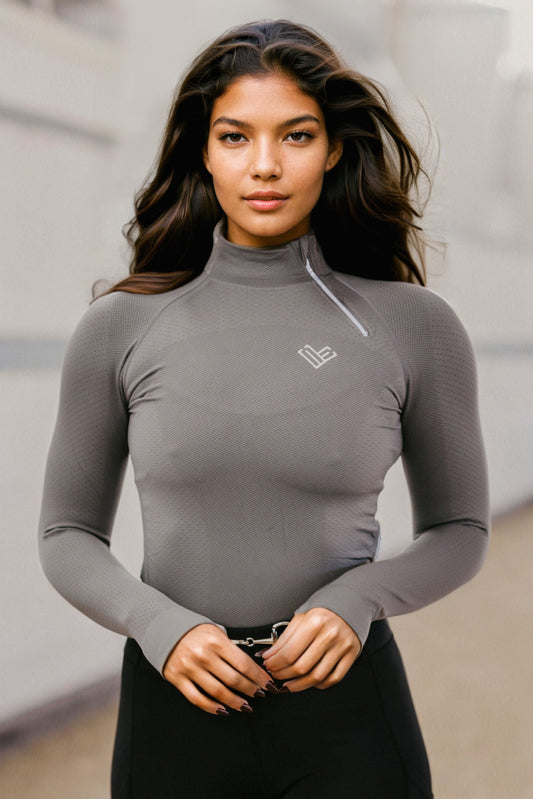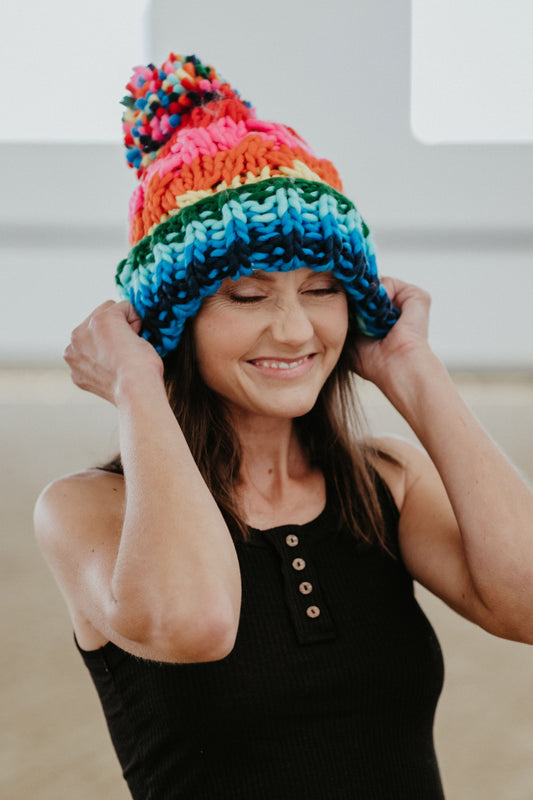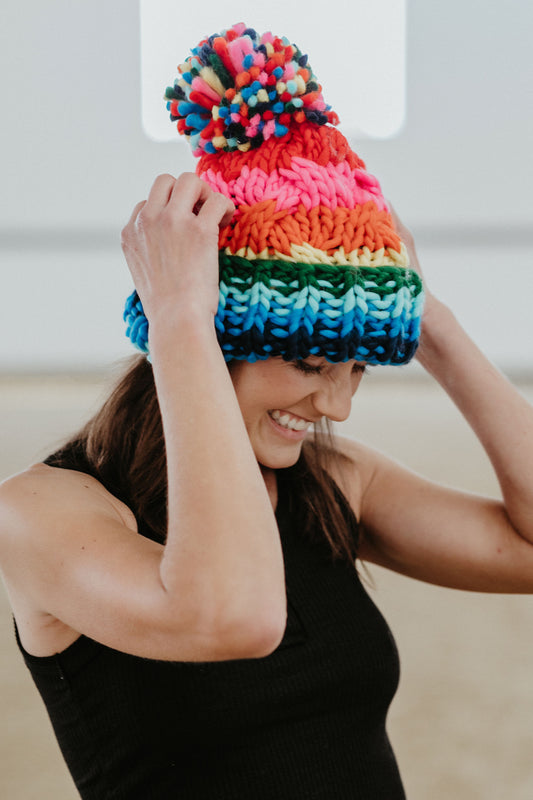Understanding the Differences between Dressage and Show Jumping Breeches
In the world of equestrian sports, the attire a rider wears is often designed to not only be practical but also adhere to strict dress codes established by the governing bodies of each discipline. Two of the most popular equestrian disciplines, dressage and show jumping, have distinct attire requirements that reflect the nature of the sport. This is particularly evident in the design and function of the breeches worn by the riders. This article will compare dressage and show jumper breeches, highlighting the unique features and purposes of each.
The Purpose of Breeches in Equestrian Sports
Breeches play a crucial role in ensuring the rider's comfort, grip, and overall performance. They are designed to provide a smooth and close contact with the horse, minimize distractions, and allow for a wide range of movements. Since each discipline has different requirements and aesthetic standards, breeches vary accordingly.
Key Features of Dressage Breeches
Dressage breeches are crafted with elegance and a clean line in mind, reflecting the precision and formality of the discipline. Dressage, known for its artful execution of precise movements and patterns, requires attire that complements this sophistication. Dressage breeches often have a high waist to provide a streamlined look and support the rider's core. They typically feature a full-seat design, meaning that the material offering grip extends from the inner thigh to the end of the buttocks, which aids the rider in maintaining a deep, secure seat during intricate maneuvers.
The fabric used in dressage breeches is generally heavier and more durable to maintain a crisp appearance. The color palette is traditionally conservative, with white, beige, and sometimes black breeches being the preferred choices for competition.
Distinctive Elements of Show Jumping Breeches
Show jumping is a dynamic discipline that tests both the horse's and rider's ability to clear a course of obstacles with speed and agility. Show jumping breeches are designed to accommodate this athleticism and the rapid movements required during competition. Unlike dressage breeches, they tend to have a lower waist and are constructed with a more lightweight and flexible fabric. This ensures the rider has maximum mobility when navigating jumps.
While full-seat breeches are also used in show jumping, knee-patch breeches are quite popular in this discipline. This design offers grip only where it is most needed—the knee area—allowing the rider's seat to move more freely in the saddle. The gripping fabric is usually made of synthetic materials that offer additional control without hindering the rider's movement.
In terms of color, show jumping breeches offer a bit more variety, with colors such as beige, white, and grey being common, along with subtle patterns or piping for added style – all while remaining within competition guidelines.
Comparison Summary
In conclusion, while both dressage and show jumping breeches serve similar purposes in providing comfort and support to the rider, they are tailored to meet the distinct demands of their respective disciplines. Dressage breeches prioritize a classic, elegant look and offer a full-seat grip to assist with stability during precise movements. Show jumping breeches, on the other hand, emphasize flexibility and a more relaxed fit for freedom of movement during an energetic ride.
Riders must carefully choose their breeches based on the discipline they are participating in, not only to comply with competition attire rules but also to enhance their riding performance. Whether a rider chooses the formal dressage breeches or the agile show jumping breeches, both designs reflect the unique challenges and beauty of their sports.
Equestrian Helmets



